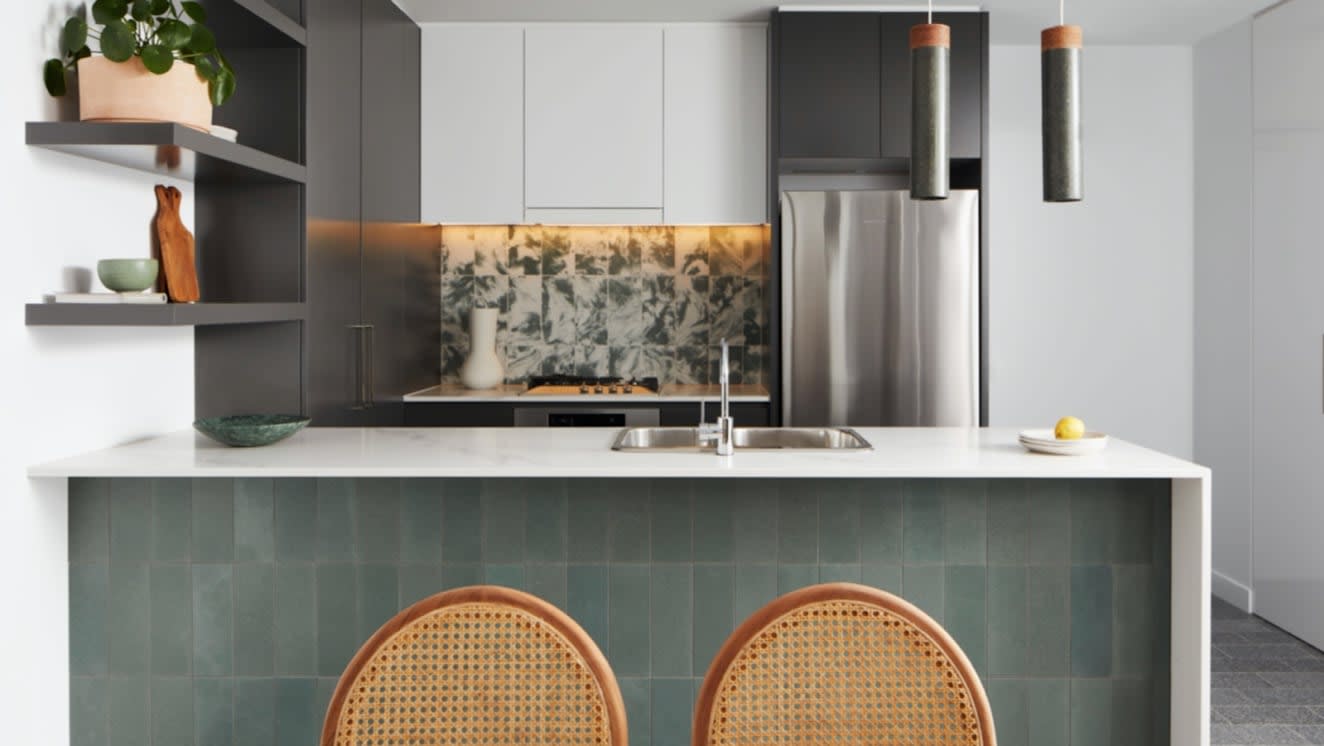Mirvac's green apartment push continues
Mirvac chief executive Susan Lloyd-Hurwitz confirmed at the group's recent full-year results that Mirvac had been working towards reducing its operational carbon footprint.
It was now down 80 per cent from the group's baseline.
Its plan includes sending zero waste to landfill by 2030, which involves halving its development waste and buying 25 per cent recycled content.
"And we will get to be carbon-neutral in the operations of our buildings through renewable electricity and a very small number of offsets," she advised.
"But the timing is all to do with renewable electricity contracts in the running of our buildings. From a development point of view, that's scope three."
It was earlier this year when Mirvac revealed a "green ceramics" range of apartment fittings.
Mirvac created a prototype apartment fitted out with "green ceramics", tiles, splashbacks, floors, furniture and light fittings, made from waste fabrics and glass as part of its Pavilions project at Sydney Olympic Park.
The “green ceramics” were the result of a collaboration that began in 2019 between Mirvac and the UNSW Centre of Sustainable Materials Research and Technology (SMaRT) led by global pioneer in waste technology, Professor Veena Sahajwalla.
"The successful application of the product is a world-first and demonstrates the potential to revolutionise the way we build by reimagining waste as a valuable resource, which in turn reduces demand for virgin materials," the annual report noted.
"As one of the largest property companies in Australia with an integrated business model that brings together design, development, construction and marketing, we are in a unique position to take bold steps that pave the way for others," Ms Lloyd-Hurwitz said at the launch.
“In Australia, the building industry is responsible for around 60 per cent of the waste we generate. At Pavilions, we have been able to demonstrate a better way to build, using reformed waste, which not only helps our industry but provides a valuable second life for the mountains of glass and clothing, much of which would otherwise find its way to landfill," she said.
She is also the chair of the Green Building Council of Australia.
As recipients in the Physical Sciences Fund’s inaugural 2019 round, UNSW Sydney received $790,000 to assist in the development of commercial tiles from common waste products, for use in the built environment.
